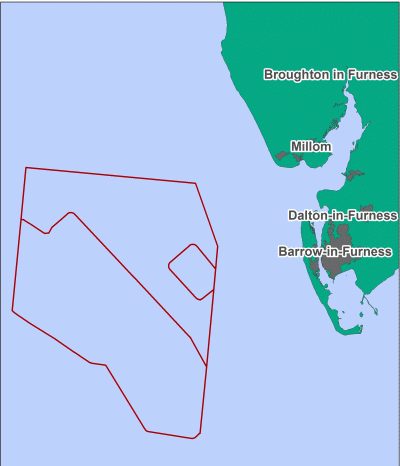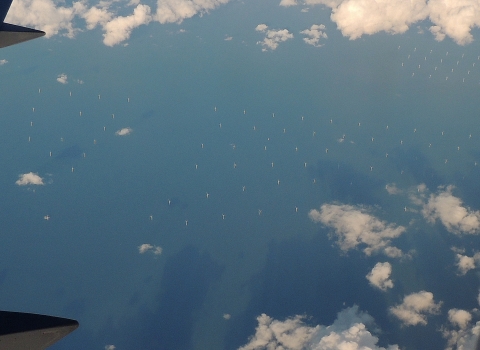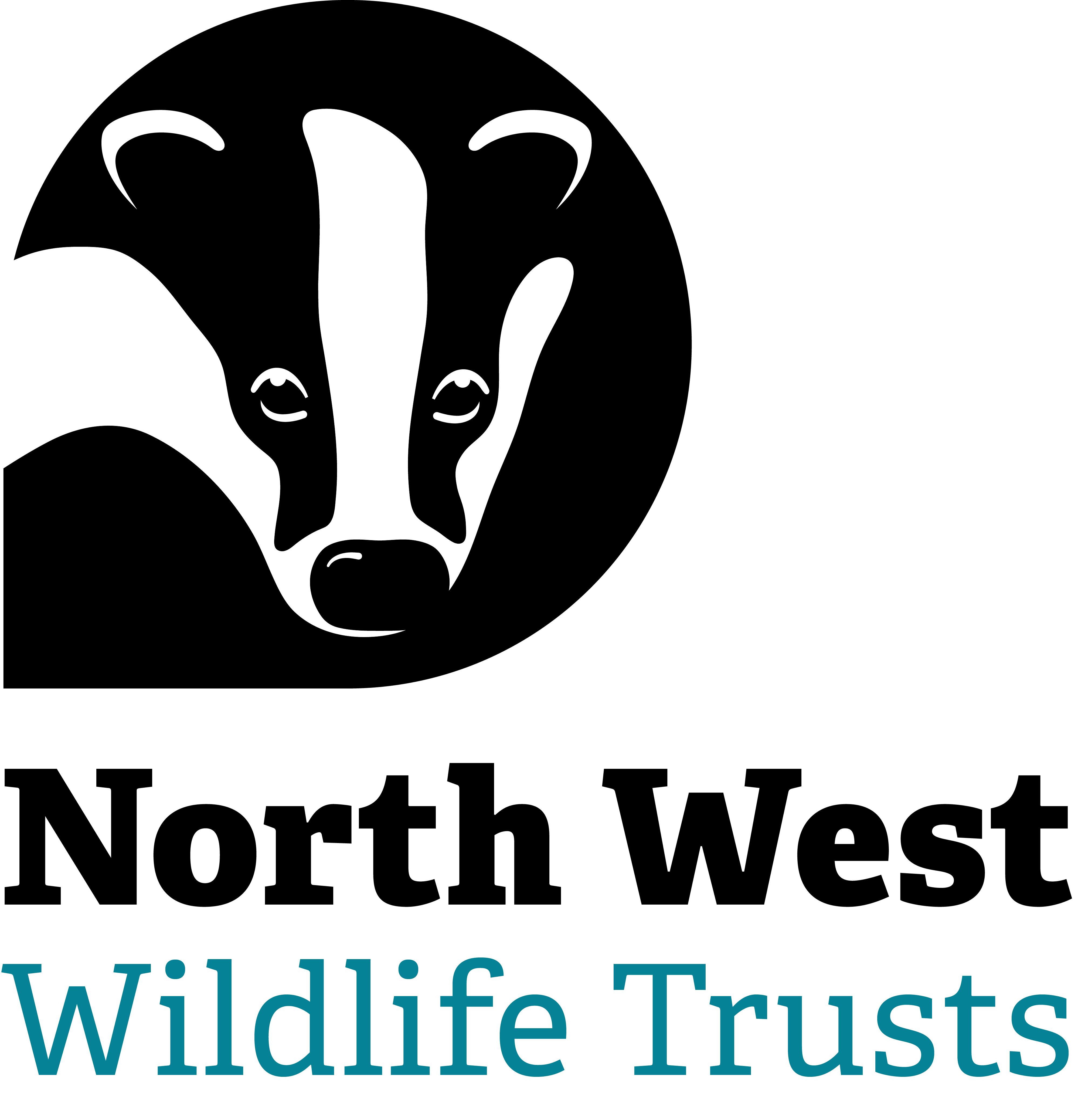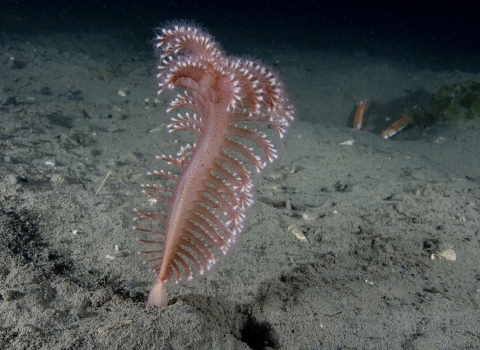Sea pens are in decline in this area! Now that the site is designated, urgent protection is needed to help them thrive once more.
West of Walney is located just off the coast of Walney Island, Cumbria, and covers two different habitat types: mud to the north and sand to the south.
Mud and sand are both brilliant habitats for wildlife and full of life. High densities of burrowing brittlestars colonise the surface of the sandy areas, while urchins, worms and molluscs enjoy the mud alongside the commercially important Dublin Bay prawn (also known as the pub grub favourite, scampi). Strange-looking spoon worms can also be found here. These bizarre creatures extend their long spoon-shaped, green tongues out of their burrows in the mud to feed. Delicate sea pens also live on the West of Walney mud; their numbers are in decline and protection will help them to thrive once more. Who would have thought muddy habitats could be so full of life!
West of Walney is partially co-located with four wind farms, collectively these constitute one of the world’s largest offshore windfarm areas. Co-location could help the habitats to recover in this area by providing a physical barrier, or closed area, to damaging fishing activities, but further management is still required.
In the North Sea, grey seals have been tracked travelling to offshore wind turbines to forage. Therefore, protection of species and habitats here could help to boost the seal population on South Walney Nature Reserve.
We may never be lucky enough see the rich underwater landscape of West of Walney, but everyone should be able to appreciate seeing the seals and seabirds, which could benefit from the protection of this area.
Home to a diverse range of creatures that form a vital part of the Irish Sea food web

Contains UKHO Law of the Sea data. Crown copyright and database right and contains Ordnance Survey Data Crown copyright and database 2012.

Anita Gould
Special features
This Marine Conservation Zone is partially co-located with five wind farms in the area. The wind turbines help to exclude some of the most damaging fishing methods but further management is required to protect the sensitive habitats here.
Show your support for Marine Conservation Zones:





